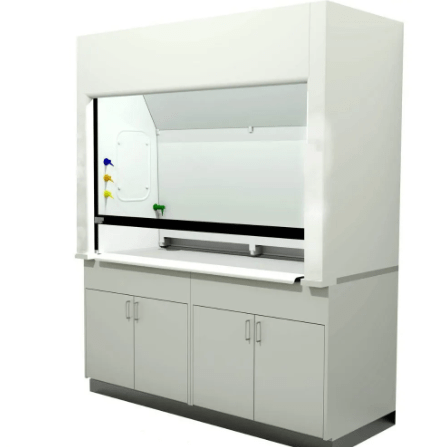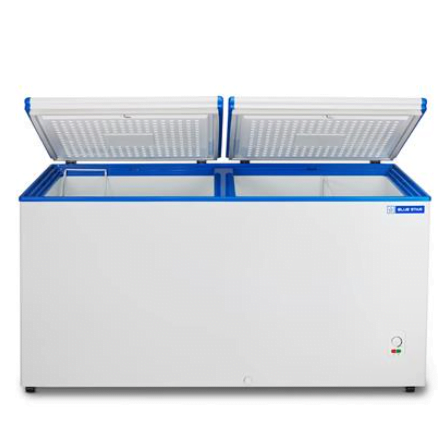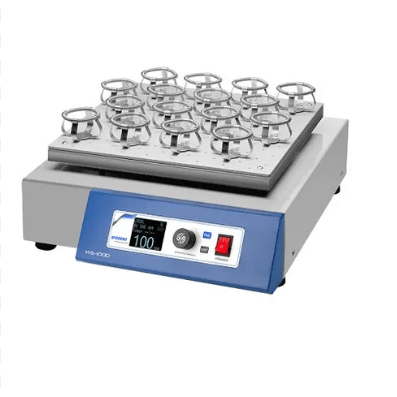Introduction to Air Showers: Air showers are specialized equipment commonly found in cleanroom environments, manufacturing facilities, and laboratories where contamination control is paramount. These enclosed chambers are designed to remove surface particles and contaminants from personnel and objects before they enter or exit controlled environments, such as cleanrooms or sterile areas.
Maintaining Clean Environments: The primary function of air showers is to minimize the introduction of contaminants into critical environments by effectively removing dust, lint, fibers, and other particles from the surfaces of clothing, tools, equipment, and materials. By subjecting individuals or items to a high-velocity stream of filtered air, air showers dislodge and capture particles, preventing their transfer into clean areas and safeguarding product quality, research integrity, and personnel safety.
Operating Principles: Air showers operate on the principle of forced-air circulation, using high-efficiency particulate air (HEPA) filters to generate a clean and uniform airflow within the chamber. As individuals or objects enter the air shower, sensors detect their presence and initiate the airflow cycle, directing jets of filtered air from multiple nozzles to dislodge and remove surface contaminants. The turbulent airflow effectively sweeps away particles, ensuring thorough decontamination before personnel or items proceed into the controlled environment.
Applications Across Industries: Air showers find widespread use in industries where cleanliness and contamination control are critical, including pharmaceutical manufacturing, semiconductor fabrication, biotechnology research, and aerospace engineering. In cleanroom environments, air showers serve as essential entry and exit points, helping to maintain specified cleanliness levels and prevent the introduction of contaminants that could compromise product quality, yield, or research outcomes.
Features and Considerations: Modern air showers are equipped with advanced features and technologies to enhance performance, efficiency, and user experience. These may include programmable control systems for customizable operation, touchscreen interfaces for intuitive navigation, and high-velocity air nozzles strategically positioned to ensure thorough coverage and effective decontamination.
When selecting an air shower system, factors such as chamber size, airflow velocity, filtration efficiency, cycle time, and compliance with industry standards and regulations should be considered to ensure suitability for specific application requirements and operational needs.
Future Perspectives: As technology advances and cleanliness standards become increasingly stringent, the future of air shower systems holds exciting possibilities. Innovations such as enhanced filtration technologies, sensor-based monitoring and control systems, and integration with automated personnel tracking systems are expected to further improve decontamination efficiency, reduce cycle times, and enhance overall contamination control in critical environments.
Conclusion: In conclusion, air showers play a crucial role in contamination control and cleanliness maintenance in a wide range of industries and applications. By effectively removing surface particles and contaminants from personnel and objects before they enter controlled environments, air showers help safeguard product quality, research integrity, and personnel safety. Continued advancements in technology and adherence to best practices for design, operation, and maintenance will ensure the ongoing effectiveness and reliability of air shower systems in meeting the evolving needs of cleanroom environments and contamination-sensitive industries.




